My agro-industrial complex
stoneunhenged
17 years ago
Related Stories

HOUZZ TOURSMy Houzz: Look Inside Montreal's Famed Habitat 67 Complex
Moshe Safdie's revolutionary apartments opened in 1967; see how one owner has renovated her space to make it work for today
Full Story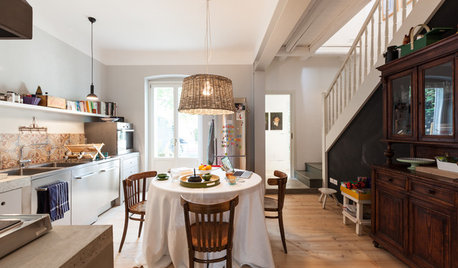
HOMES AROUND THE WORLDHouzz Tour: In Northern Italy, Vintage Patina and Industrial Chic
An architect renovates his family’s century-old home with original materials and an updated design
Full Story
INDUSTRIAL STYLEHouzz Tour: Toronto Loft Gets an Industrial Style Overhaul
Steel pipework shelves, reclaimed barn wood and other raw finishes transform a space into a sleek and modern home
Full Story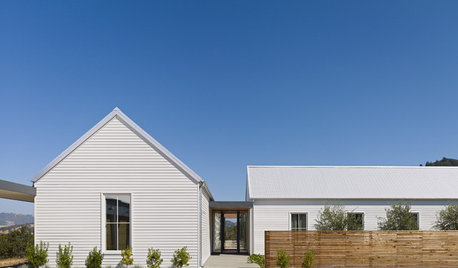
FARMHOUSESHouzz Tour: Industrial Glam Style for a California Farmhouse
Velvet furniture, an infinity pool and exposed metal supports take a rural three-gabled home beyond mere classic
Full Story
PRODUCT PICKSGuest Picks: Industrial Chairs With Raw Appeal
Keep your edge by bringing in seating with a factory, vintage or warehouse look
Full Story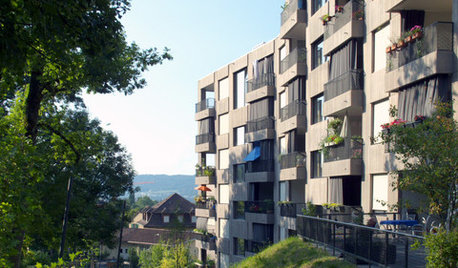
ARCHITECTURE4 Zurich Projects Build on High-Rise Livability
Generous landscaping, underground parking and terraces make these apartment complexes models of thoughtful housing
Full Story
ARCHITECTURERoots of Style: Queen Anne Homes Present Regal Details
Complex facades with bay windows, multiple shingle patterns and even towers make these Victorian-era homes a sight to behold
Full Story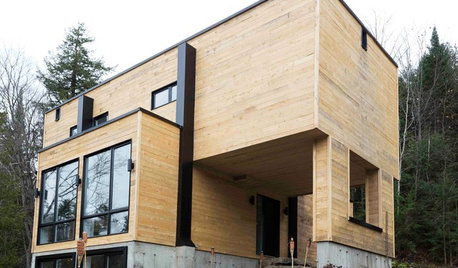
ARCHITECTUREHouzz Tour: Shipping Containers Make for an Unusual Home
Recycling hits the big time as a general contractor turns 4 metal boxes into a decidedly different living space
Full Story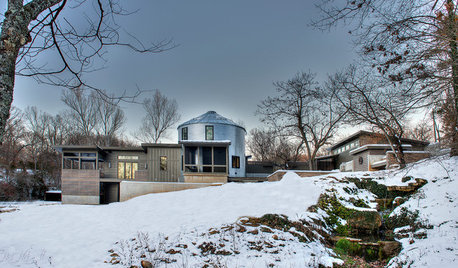
INDUSTRIAL STYLEHouzz Tour: Going Against the Grain in a Missouri Silo
See how a creative couple turned a metal grain bin into a most unusual container for living
Full Story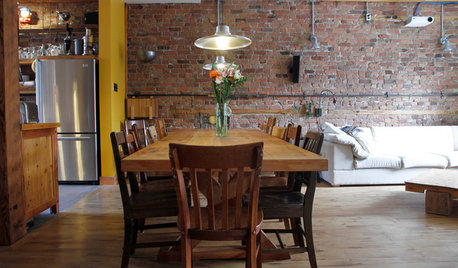
ECLECTIC HOMESMy Houzz: Ecofriendly and Salvaged Style in a Montreal Triplex
Repurposed materials, graywater reuse, and no-VOC paints make for a resourcefully earth-friendly home in Quebec
Full Story






javan
stoneunhengedOriginal Author
Related Professionals
West Milford Landscape Architects & Landscape Designers · Glassmanor Landscape Architects & Landscape Designers · Hyattsville Landscape Architects & Landscape Designers · North New Hyde Park Landscape Architects & Landscape Designers · Severn Landscape Architects & Landscape Designers · Anderson Landscape Contractors · Bellefontaine Neighbors Landscape Contractors · Dunwoody Landscape Contractors · Inglewood Landscape Contractors · Morrisville Landscape Contractors · Reedley Landscape Contractors · Hemet Solar Energy Systems · Hercules Solar Energy Systems · Maplewood Solar Energy Systems · Moreno Valley Solar Energy Systemsnathanhurst
Karen Pease
nathanhurst
stoneunhengedOriginal Author
nathanhurst
Karen Pease
brianklock
mokevinb
birdwidow
birdwidow
mokevinb
birdwidow
mokevinb
birdwidow
mokevinb
birdwidow
stansharpman